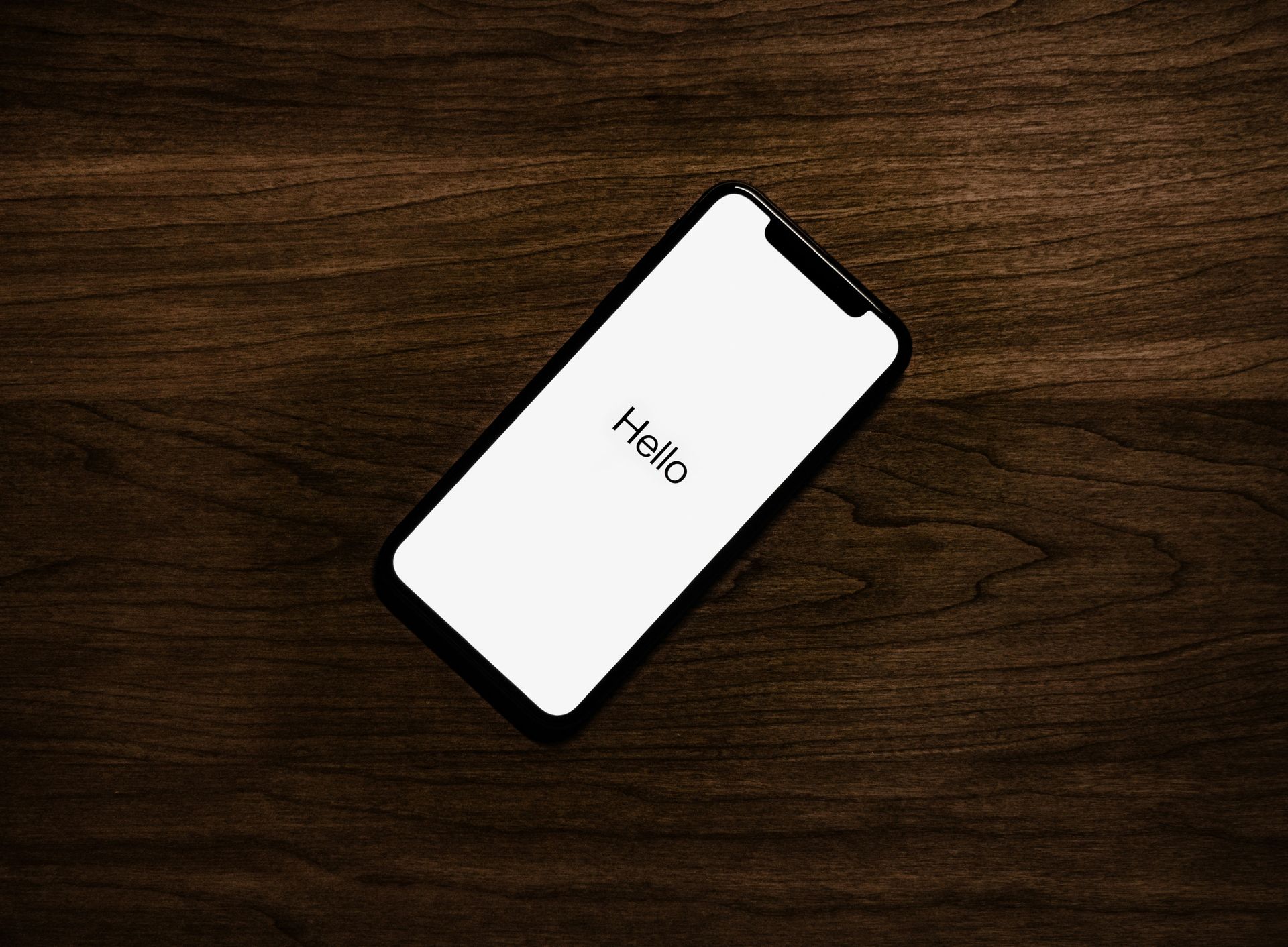Apple’s ecosystem has been known for its closed, “walled garden” approach due to iOS sideloading restrictions. But soon, searching for how to Sideload Apps on iOS will become more than chasing something imaginary thanks to EU’s recent decision.
Unlike Android, iOS devices were locked to the official App Store, severely limiting app choice.
But all that is about to change, at least for users within the European Union. Due to new regulations, Apple will soon need to allow alternative app stores and the ability to sideload apps.
Let’s unravel iOS sideloading and explain how to sideload apps.
What is iOS sideloading?
iOS sideloading refers to installing apps on your iPhone or iPad without using the official Apple App Store.
Learning how to sideload apps on your iPhone means you are getting apps from third-party websites or stores, offering a broader range of software than Apple’s curated marketplace might allow.
Apple has traditionally had a very restrictive policy when it comes to sideloading apps on iOS. Here’s why:
- Security concerns: Apple argues that allowing unverified apps could make devices more vulnerable to malware and security breaches
- Control and revenue: Apple maintains tight control over its ecosystem and earns a significant portion of its revenue from App Store transactions
- User experience: Apple wants to guarantee a seamless user experience. The App Store is designed to provide verified, trustworthy, and smoothly integrated experiences

How to Sideload apps on iOS
Due to the EU’s Digital Markets Act (DMA), Apple will be legally required to allow sideloading apps on iOS devices. However, the company has stated it will continue to highlight the security risks involved.
Here’s the likely upcoming process, based on the EU’s DMA:
How does iOS sideloading work?
- Enabling sideloading: Access a setting in iOS that will permit the installation of apps from sources other than the App Store.
- Third-party stores: iOS Alternative app stores may emerge offering iOS-compatible apps (one, AltStore, already exists in limited form)
- Downloading apps: Download the app’s installation file (usually in the .ipa format) from a trusted source
- Installation tools: You might need specialized tools to sideload onto your iOS device

Is iOS 17.4 sideloading safe to do?
The decision to sideload apps is a personal one. If you’re tech-savvy, adventurous, and willing to carefully vet your sources, you can discover some amazing software. If you prioritize convenience and peace of mind with Apple’s security vetting, sticking to the App Store might be the safer path.
Apple has stated this on iOS sideloading in a blog post:
”Sideloading is one of many reasons why in the EU, the DMA’s changes will result in a system that’s less secure than the model we have in place in the rest of the world. Teams at Apple have worked hard to minimize the risks associated with sideloading — but real risks remain”.
– Apple
There are some existing ways to do so
These existing methods are more complicated and often aimed at developers, but give you an idea of what’s involved:
- Xcode: Apple’s development software (requires a Mac) allows you to install your own apps or modified apps onto your iOS device for testing purposes
- AltStore: A third-party app store that uses clever workarounds within Apple’s developer program to get a limited selection of apps onto your device
- Jailbreaking: This involves removing Apple’s restrictions on the operating system, granting complete control to sideload anything. However, jailbreaking significantly compromises device security and is generally not recommended
Yet, one thing is for sure: Sideloading apps offers significant potential for expanding app choices and customization on your iOS devices but it is best to wait for Apple to officially allow it for both your security and for keeping your phone’s warranty.
Featured image credit: Miguel Tomás/Unsplash.





